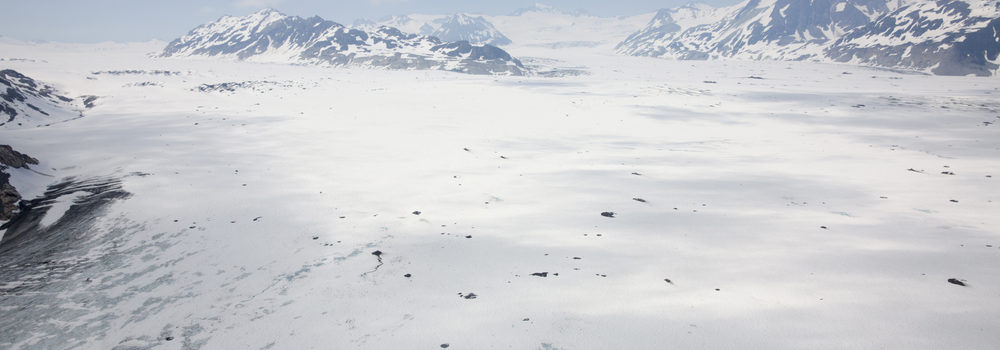February 22, 2017

While flying in a small plane in Alaska at any time of year is an exhilarating experience, winter trips take on an extra level of peril. When taking to the skies in a small plane from Lake Hood or Merrill Field this winter, make sure these safety measures have been observed.
File a Flight Plan
The most obvious security measure is to file a flight plan. If you are planning on exploring an area you are unfamiliar with, ask around and talk to someone who has already flown there. Get some tips and ideas on what kind of winter weather you might encounter and increase your odds of coming home in one piece.
Check Your Engine Oil
Winter’s low temperatures make oil all that much more vital to the smooth operation of the plane’s engine. Make sure that the pilot knows the proper oil weight to use in low temperatures.
Double Check the Cabin Heater
It is vital that the heater system in small planes be regularly inspected. A faulty system could allow carbon monoxide to enter the cabin. CO2 is frequently a cause of cold weather accidents when it gets into the cabin and negatively affects the pilot.
Don’t Burn out the Radio
Radios are imperative in the event of an emergency or to help prevent emergencies. You’ll want to make sure that the radio is not turned on until the electrical power in the small plane is stabilized. To ensure it is safe to turn on and tune your radio, give the engines a few minutes to warm up before turning it on.
Check for Fuel Contamination
There is always a risk of condensation in your fuel tank if the small plane is parked with a 1/2 full tank in the cold. Usually, this happens when a warm plane is stored in the cold. So top off your tank when you land.
At the Law Offices of Elliott Dennis, we hope you or a loved one never has to experience a small plane crash. But if it does happen, we are here to help as experts in aviation law in Anchorage Alaska.
